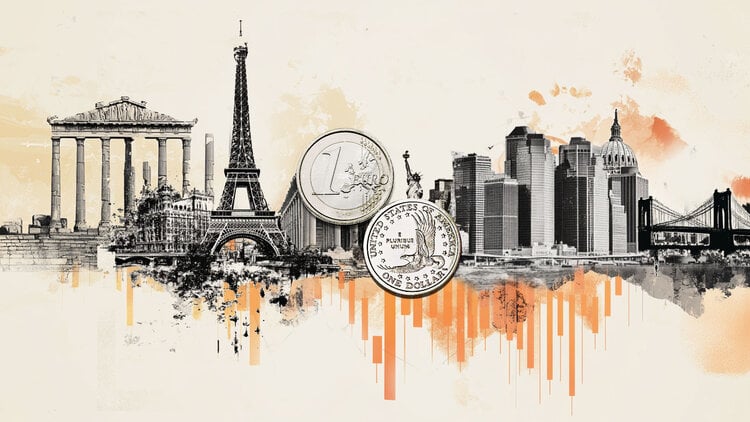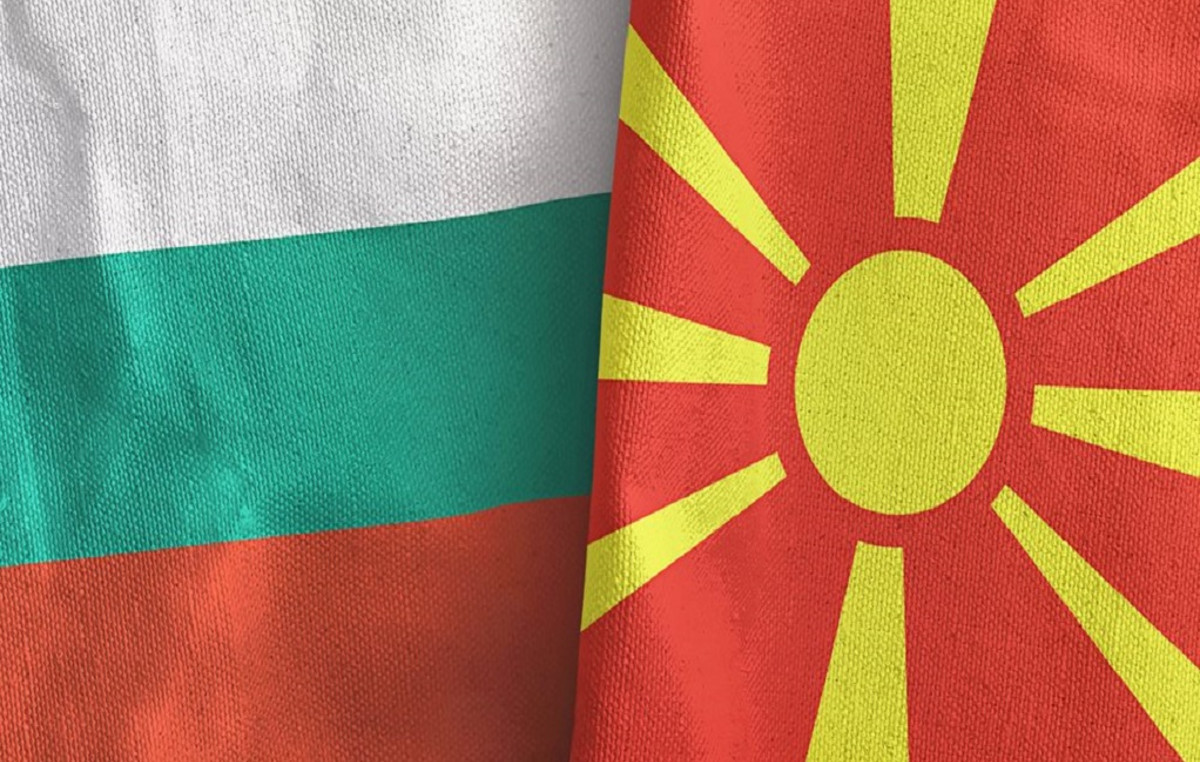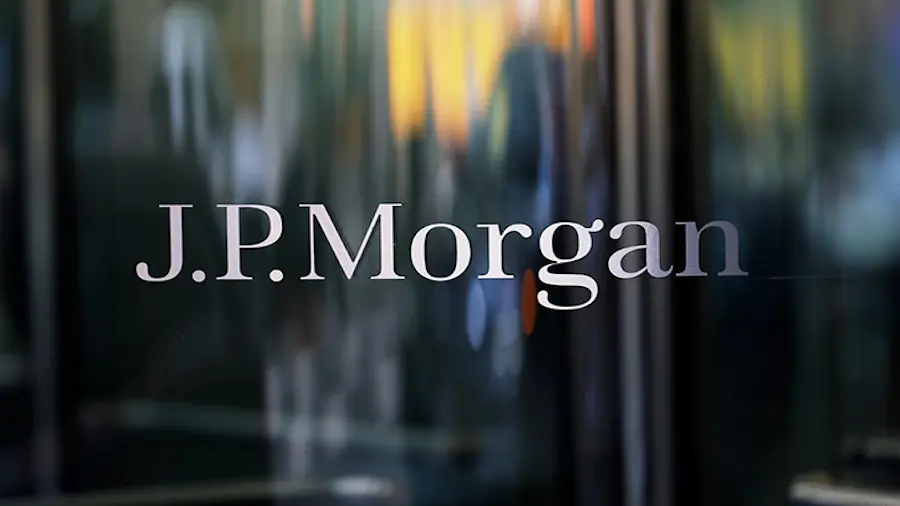The coffins lined up next to each other in Lampedusa. There are some very small ones and they are white. A woman clinging to a wooden plank has the wide eyes of someone who has seen the terror in front of her for hours. He is in the middle of the sea, his lips dry from the salt. The clothes returned from the sea. Boys’ and girls’ onesies. The shoes that return to shore. An arm raised upwards asks for help. In the black of the night, a tiny light and a woman’s cry: “There’s a child here.” Then the eyes of Fanus, one of the people who survived the massacre of October 3, 2013 in Lampedusa. The first enormous massacre in the Mediterranean that we have learned about. The one closest to us. They died 368 migrants, 155 survivors. When I met Fanus in Lampedusa it was 2018 and she had recently become a mother. She repeated to me that she hadn’t forgotten anything and still had the images of her traveling companions drowning next to her imprinted in her eyes. «I saved myself by chance», she told me that day while she was marching in Lampedusa in the procession that every year the 3 October Committee organizes in Lampedusa with days of meetings, round tables, workshops, concerts.
We scream «Never again victims of the sea» but the Mediterranean continues to swallow people whose names and stories we almost never discover. Politics doesn’t listen and actually closes Europe’s borders more and more, without opening them regular and safe channels of access to Europe indeed hindering the search and rescue system at sea. In 2024, according to data from the International Organization for Migration (IOM), so far they are at least 1452 dead and missing in the Mediterranean, with a slightly lower projection at the end of the year. As Fondazione Ismu Ets points out, they could be further 6 thousand minors dead or missing in the Mediterranean.
«In spring 2024 the European Parliament and the Council finally approved the reform package of European Pact on Asylum and Migration, a set of rules that undermine the right to asylum of minors and families and put them at risk of detention, rejections and violence at the borders”, comments Antonella Inverno, head of Research, Analysis and Training at Save the Children. «The Union and the member states should now focus on its implementation with an approach focused on respect for human rights and the rights of the child. On the contrary we witness the stipulation of agreements, such as the one with Albania, which put people at risk of prolonged and automatic detention, lack of access to fair asylum procedures and delayed disembarkation. The internal and external borders of the European Union have become dangerous transit places, where violence, abuse and violations of human rights are the order of the day, as happens on the routes leading to Europe”. This year, so far, they have arrived in Italy by sea 48646 refugee and migrant peopleof which 5542 unaccompanied foreign minors.
Source: Vanity Fair
I’m Susan Karen, a professional writer and editor at World Stock Market. I specialize in Entertainment news, writing stories that keep readers informed on all the latest developments in the industry. With over five years of experience in creating engaging content and copywriting for various media outlets, I have grown to become an invaluable asset to any team.





